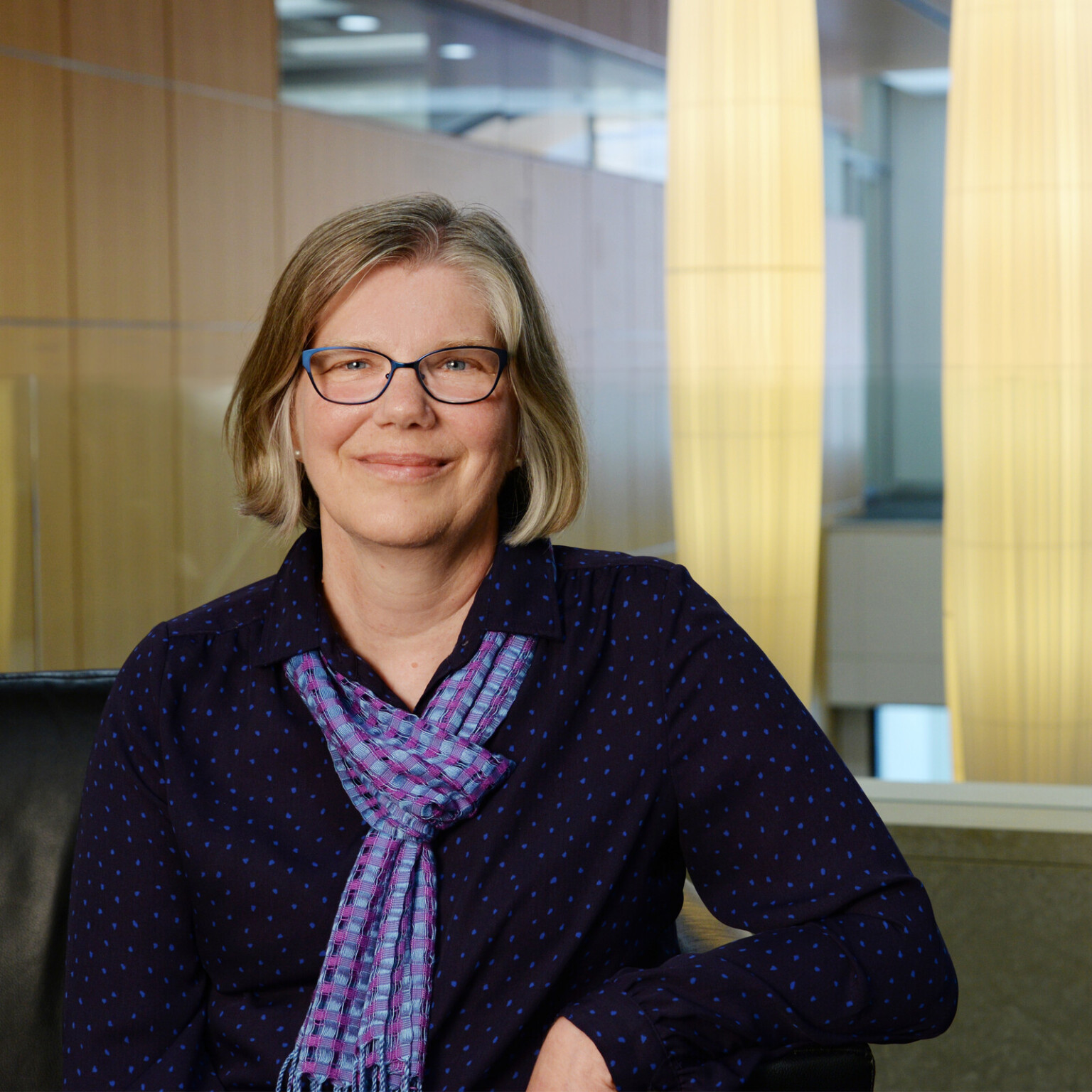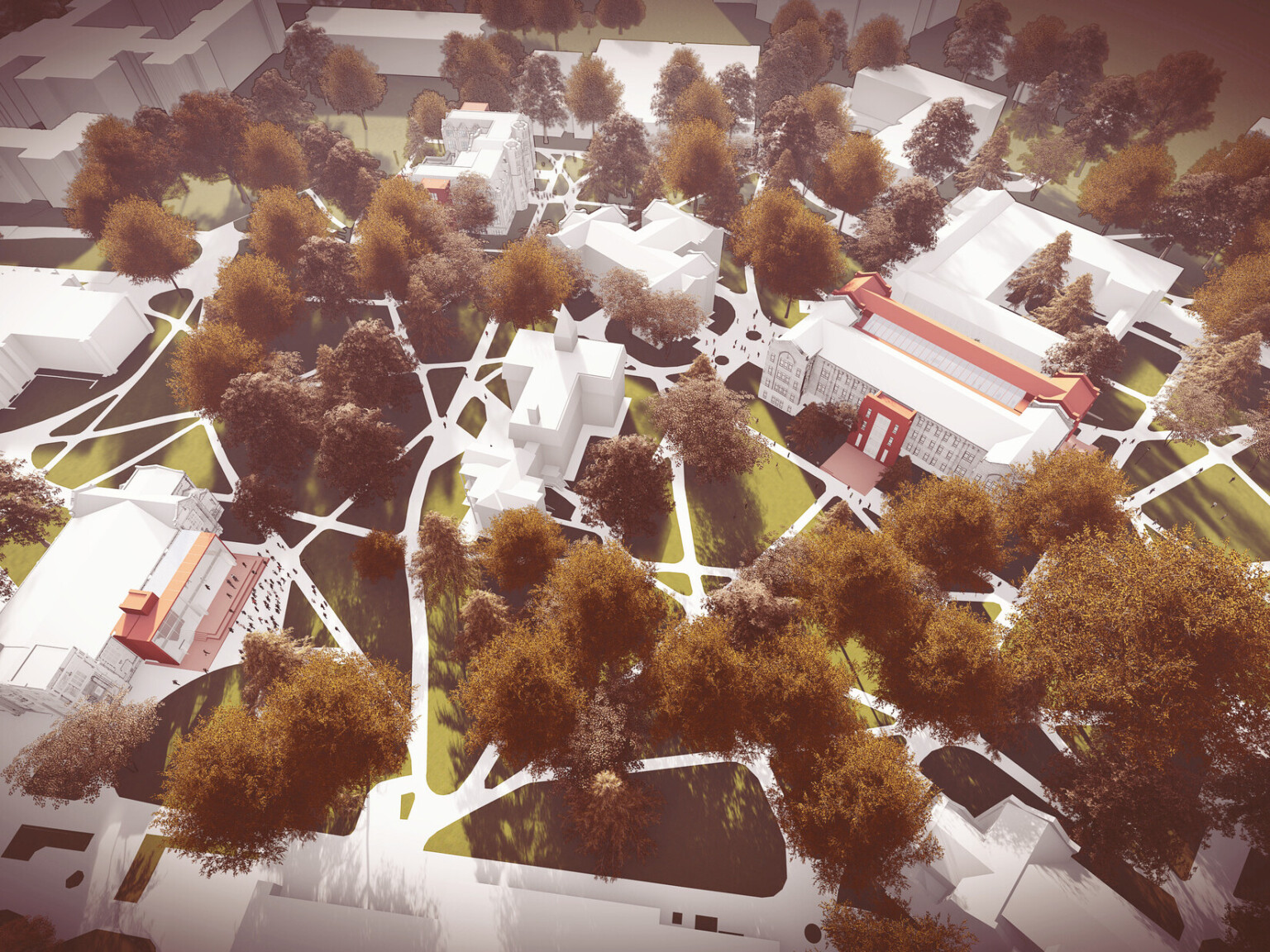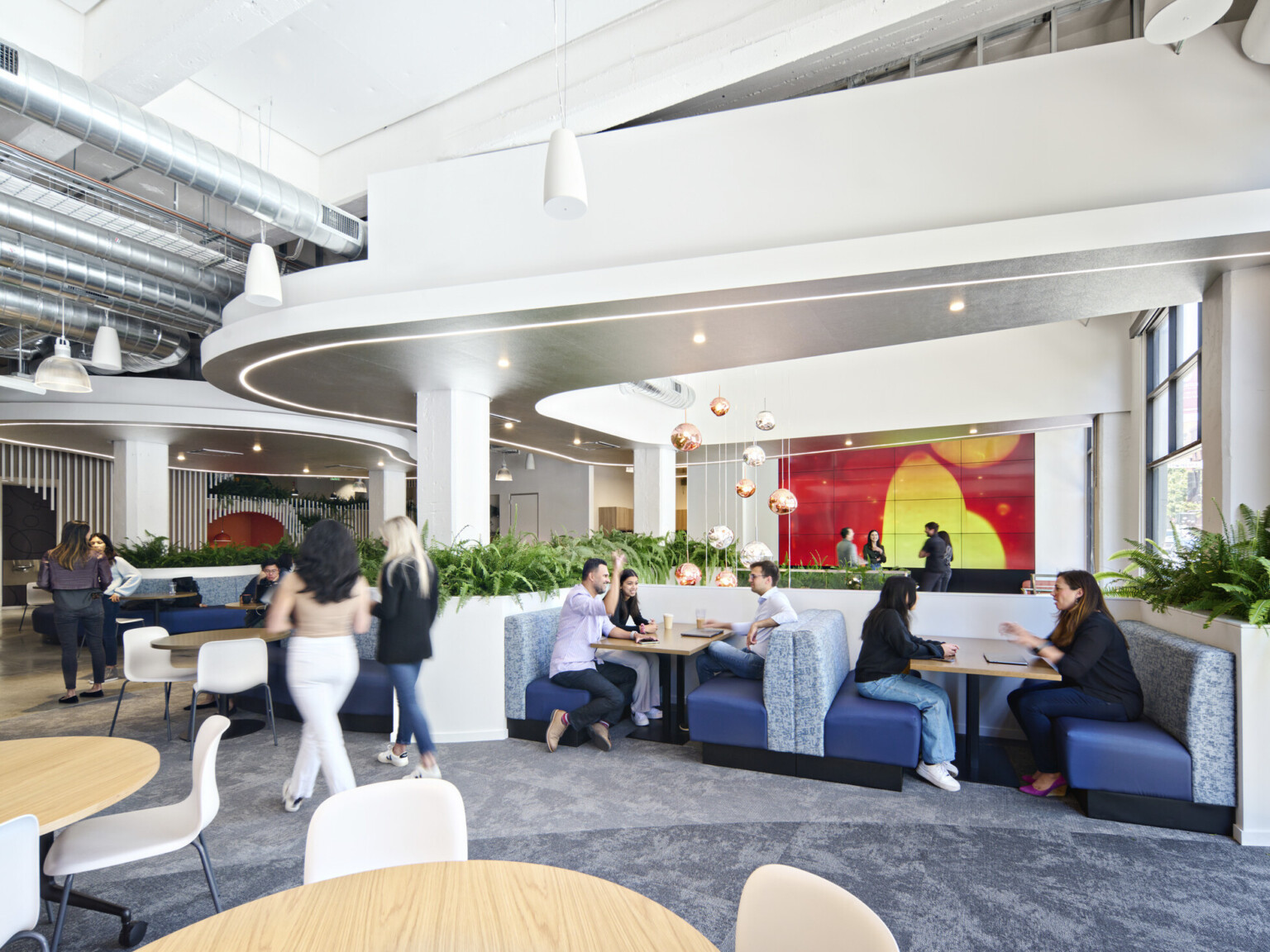Align, Then Empower
Now more than ever, institutions need to capture, communicate, and implement innovative ideas that propel them into the future. Through engaged planning with campus stakeholders, they must identify the aspirations, ideas, questions, and fears of vested constituents, and transform them into viable strategies. To remain relevant, the planning process must incorporate scenario and framework planning; create visionary yet achievable goals; focus on flexible and implementable options; and incorporate concepts for porous campus borders.
To better understand how the conditions of today will impact the campus of tomorrow, we implemented our 360-degree engagement process to conduct personal conversations across 85 colleges and universities. Our interviews uncovered numerous ways the pandemic has changed planning for campus buildings, grounds and infrastructure, both in the coming months and in the foreseeable future.
Effective Space Planning Allows Institutions to Move Forward with Confidence
Many institutions are facing the following critical questions as they plan their return to campus in fall 2020, as well as consider longer-term impacts on the campus environment:
- How many and which types of classrooms and support facilities will be needed?
- How will research be done? What types of research will be needed?
- How many faculty and staff will be on campus? How they will be officed?
- How many students will live on campus? How can we ensure the campus remains active and vibrant?
A space planning lens enables institutions to make data-informed and defensible decisions. Space planning can proactively inform campus leaders and enable difficult operational decisions as people and programs return to campus in phases as local jurisdiction and CDC mandates are relaxed. University and college systems are taking this opportunity to accurately categorize facility space; unify space databases; assess facility conditions and fit-to-program, or space adequacy; document deferred maintenance; and analyze course scheduling and seat utilization – all as groundwork for facility renewal and capital planning.
Learning Environments: Before the pandemic, many institutions were shifting to a blended model of online and face-to-face course delivery to meet space needs and expand access to high-demand courses. Institutions that had already embraced hybrid learning models were able to swiftly transition to a fully digital learning environment. As students demand a return to a personal, in-place campus experience, all institutions will need to balance the space efficiency, convenience, accessibility and public health benefits of remote learning, whether synchronous or asynchronous, with the richness of critical hands-on applied, engaged, and team-based learning. A full spectrum of face-to-face and digital platforms will be required.
Student Support: During the pandemic, institutions have been striving to meet students where they are, a trend that will continue as students return to campus. Decentralizing and embedding student support space for advising and tutoring in academic buildings, away from large centrally located areas, will provide small-scale gathering areas and touch points. The resulting adjacencies between will assure cross-pollination between departments, convenient access, and community for students who need support.
Academic Workplaces: Faculty workspace was already transforming on campus before work-from-home models became mandatory. Now the recognized value of physical proximity and connectivity is focusing attention on spaces that support faculty scholarship and foster creative curricula. Office space policies, departmental configurations, and authoring centers are advancing the virtues of 24/7 online student access in tandem with staff collaboration. Many institutions will likely have faculty and staff who continue to work from home either full- or part-time. This scenario will free space that can be repurposed into multipurpose classrooms and labs.
Research and Labs: With flexibility, utilization, and return on operations and maintenance costs at the forefront for institutions, research space will need to transition from highly specialized, single purpose facilities to more interdisciplinary space that can be quickly reassigned and reconfigured for ever-changing funding sources and public needs. Institutions are already planning for a renewed focus on public health and data analytics – utilizing a cohort model that integrates urban affairs, environmental studies, law, business, sociology, and health sciences. The pandemic revealed the value of translational academic medical center models that integrate faculty, research, clinical settings, and trials with good manufacturing processes, corporate partnerships, and entrepreneurship centers. These models embody the evolution from “applied” to “engaged” scholarship where success is measured by improvement in community wellbeing.
Student Life: When large campus venues are underpopulated by design, intentional programming of distributed, small-scale student gathering space is needed to ensure the campus is still active and vibrant. Students are searching for opportunities to connect with peers. The campus core is the natural place where students want to congregate. Along with policies for group size and safe distancing at the heart of the institution, complementary spaces throughout campus and within the community have the potential to create a rich constellation of social experiences that can last long after the final phase of opening a campus is complete.
Implementing Mission-Critical Projects
Pre-pandemic, capital funding was already constrained. While funded projects may move forward, public appropriations for new facilities will be rare as state, local, and private finances rebound. Rather than relying on large-scale projects to transform facilities, institutions may consider an a la carte approach to capital planning and reconstruction that is comprised of small bites to be implemented as funding becomes available. Considerations include:
- Learning from actual experience. By implementing projects floor by floor, or in phases, institutions can pilot and test concepts. This gives them the ability and flexibility to pivot at any time.
- Prioritizing critical pieces of the project. Academic, research, clinical, student life, and workplace needs are shifting as campuses are reacting to the phases of opening to students, faculty, staff, and visitors. Responding to these needs with small implementable projects will continue the momentum of improvements that meet current and future needs.
- Combining mission-critical projects with deferred maintenance projects as funding becomes available. Most facilities funding in the foreseeable future will likely be tied to addressing mission-critical deferred maintenance and operational needs. Institutions can stretch their dollars by aligning funding for facility asset preservation and replacement with targeted campus improvements to recruit, retain, and support students in strategic programs.
- Remove aging facilities. This could increase the ROI for an institution to bide time on evolving space needs, deferred maintenance, changing program modalities, and stalled funding.
Plan Early and Plan Often
Planning is preparation; it gives institutions the tools to embrace an ever-changing world. Effective, engaged, and integrated planning doesn’t propose to guess the future; it empowers colleges and universities to be adaptable and resilient during uncertain times. It eliminates old norms and challenges stakeholders to think differently. It promotes a decision-making culture and campus experience that is more collaborative, and innovative. Most importantly, it challenges institutions to re-evaluate and re-imagine how they support personal growth; utilize space; adapt to new fiscal, political and social realities; and deliver education and research that is accessible and equitable.
This narrative was completed as part of The Evolution of Campus research project and co-authored by Linsey Graff and Jaclynn Eckhardt.










